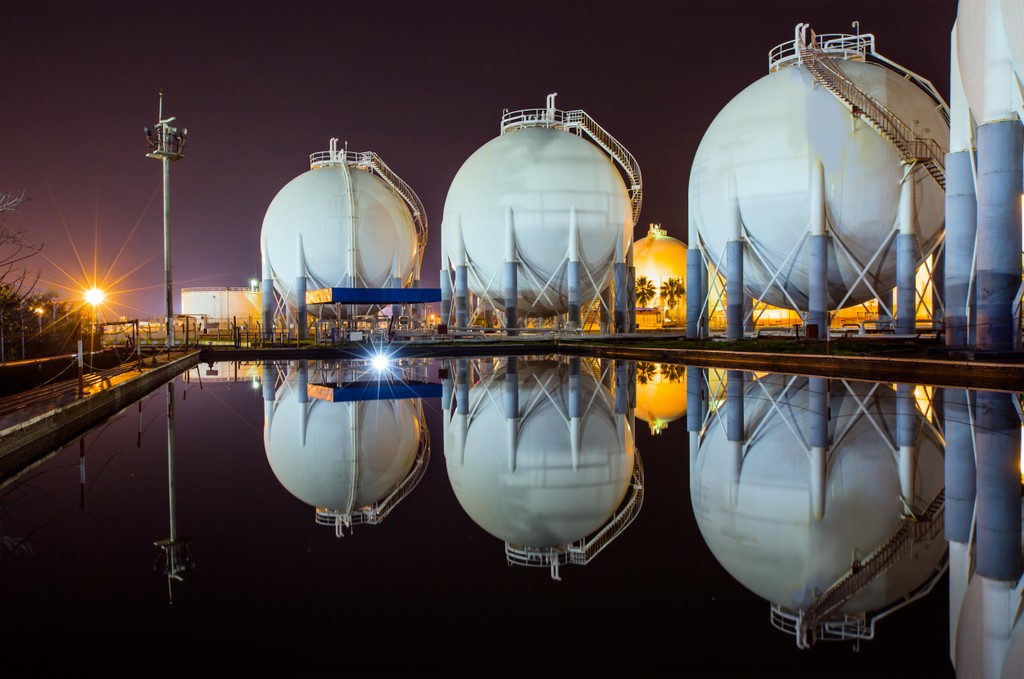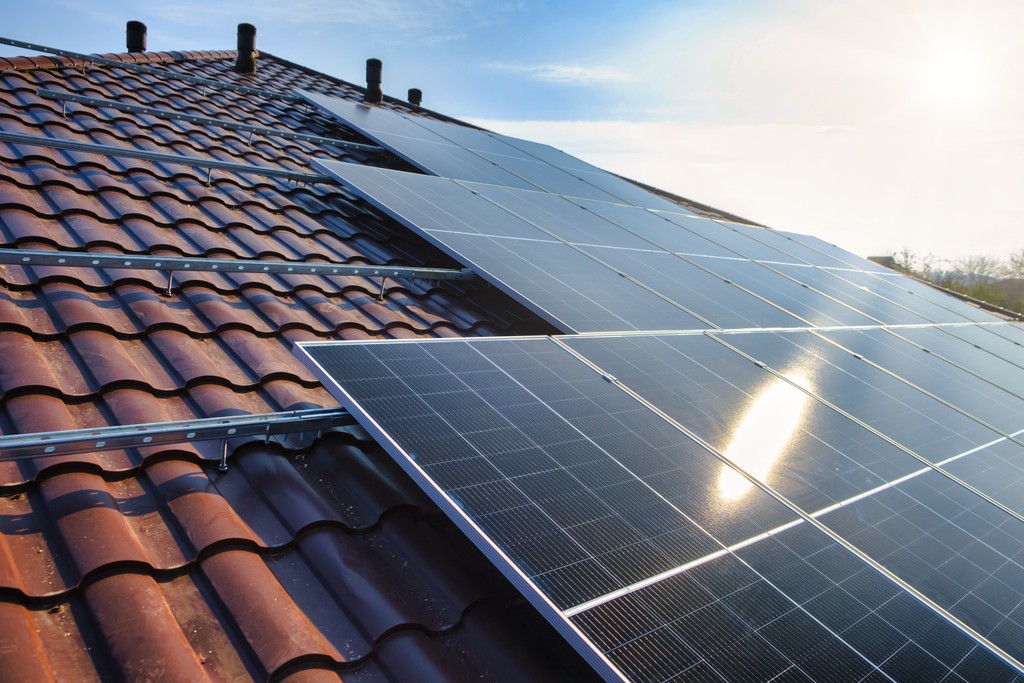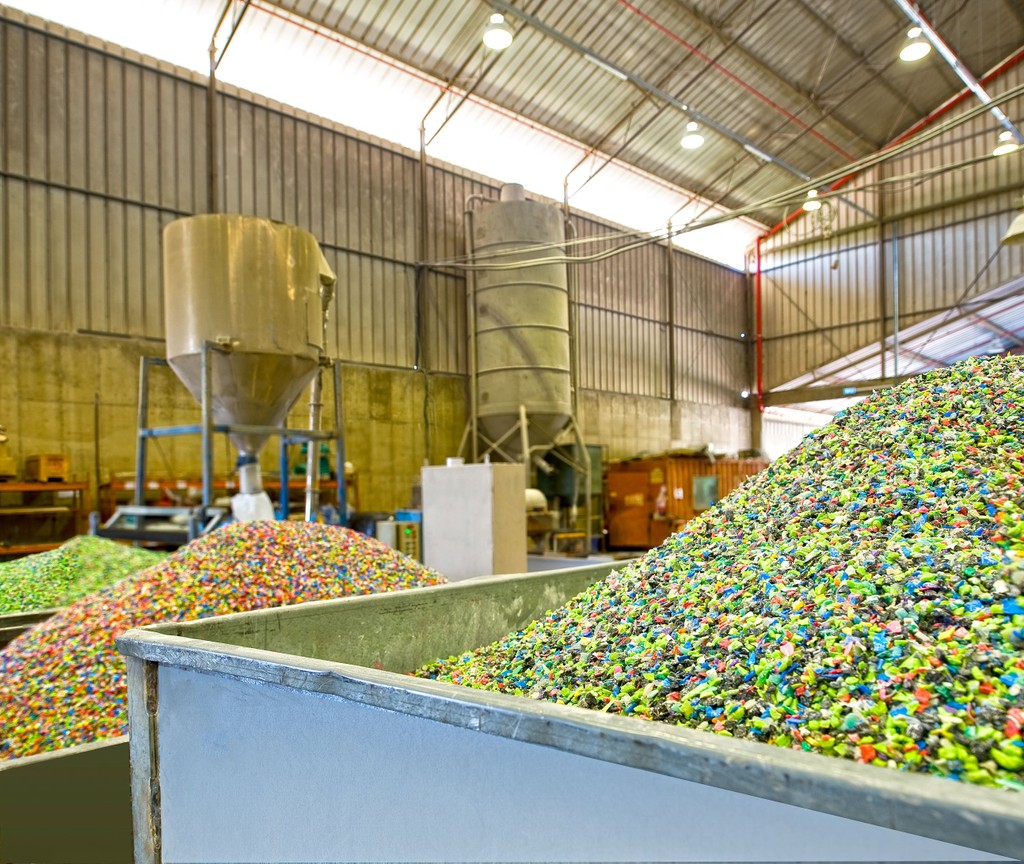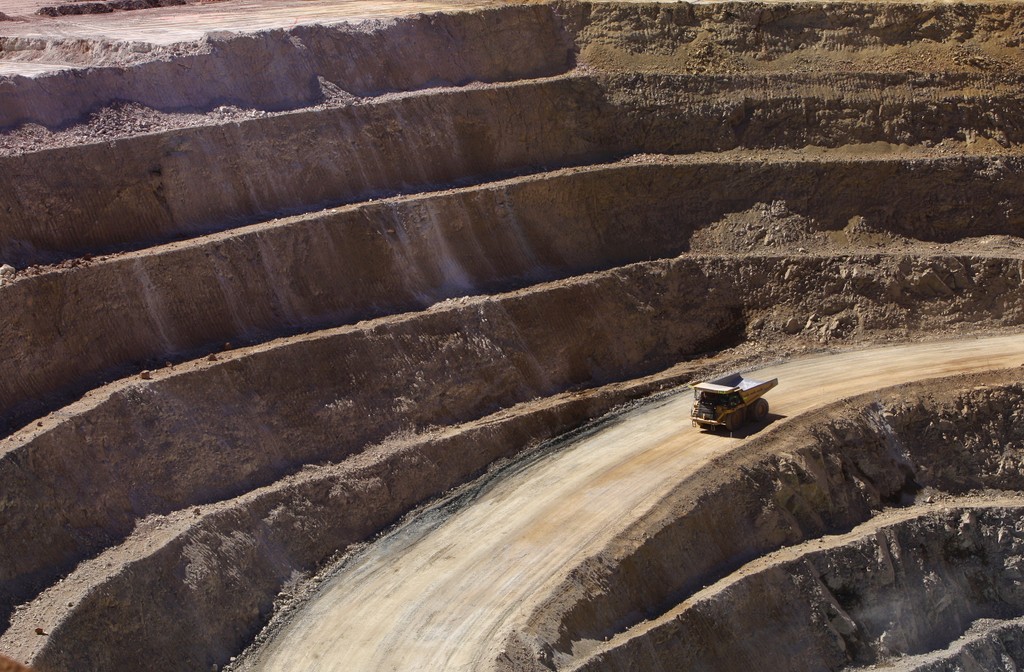PRESS RELEASE
Urgent Scale-Up of Clean Technologies Needed to Keep Australia on Net-Zero Trajectory
•BloombergNEF’s New Energy Outlook: Australia details how the country can still meet decarbonization targets and net-zero commitment by mid-century
•$2.4 trillion investment and spending required for BNEF’s Net Zero Scenario, only 12% more than the baseline Economic Transition Scenario
•290 gigawatts of wind and solar capacity installed by 2050, power demand grows 2.5-fold
Sydney, 19 June 2024 – The window for achieving net zero by 2050 is closing, but Australia could still achieve a carbon emissions trajectory in line with the major goal of the Paris Agreement – holding global warming to well below two degrees Celsius and avoiding the worst impacts of climate change. BloombergNEF’s New Energy Outlook: Australia shows what it would take to get there.
Australia must rapidly decarbonize its power sector to stay on track, growing renewable-energy capacity by 135% before 2030, to more than 126 gigawatts. BNEF’s analysis shows that Australia’s energy mix will need to transform over the next decade, with all unabated coal and almost all unabated gas generation exiting the power system by 2035. Australia will rely instead on a lower-cost mix of renewables paired with flexible technologies like batteries, pumped hydro, and gas.

“Australia’s window to stay on a well-below-two-degree pathway is closing, fast” said Leonard Quong, head of BNEF in Australia. “Rapidly moving to a clean power system based on wind, solar and storage will be essential to cost-effectively reduce carbon emissions in line with our existing decarbonization targets – but the heavy lifting must be done this decade. A low-carbon power sector will also serve as a bedrock for future emissions reduction efforts in other areas of the economy in the years to come.”
The report builds and expands on the results of the New Energy Outlook 2024, presenting two updated climate scenarios, the Net Zero Scenario (NZS) and a base-case Economic Transition Scenario (ETS), designed to inform public policymaking, country climate ambition and low-carbon transition strategies of corporations and financial institutions. The report’s NZS, which is consistent with a 67% chance of holding global warming to 1.75 degrees Celsius, shows there is no room for any further carbon emissions growth in any sector if Australia is to reach net zero by mid-century. Australia’s emissions from power, transport, industry and buildings sectors must have already peaked, and now begin rapidly falling depending on what technology pathways are available for them to decarbonize. The alternative scenario, the ETS, which assumes no new policies are implemented, breaches the Paris Agreement with a global warming result of 2.6 degrees Celsius – but demonstrates how far the energy transition can go based on economical and commercially ready technologies.

Australia’s current 2030 emissions reduction target is in line with BNEF’s NZS energy-related emissions reductions. The NZS results imply that for Australia to remain aligned with the Paris Agreement goal, it needs to target at least 71% emission reduction from energy-related sectors by 2035 relative to its 2005 baseline for the next round of Nationally Determined Contributions. These NDCs are due for submission to the United Nations Framework Convention on Climate Change by November 2025.
In the NZS, cleaning up the power sector accounts for 54% of emissions avoided between today and 2050, compared with a no-transition scenario, in which there is no further action on decarbonization. Electrification of end-use sectors, including road transport, buildings and industry, accounts for a further 21% of further avoided emissions. By 2050, Australia’s power system grows dramatically and re-orientates entirely to clean power technologies. Wind and solar installations reach a combined 290 gigawatts by mid-century, storage, in the form of pumped hydro and batteries, increases from around 3 gigawatts today to over 59 gigawatts.
“Australia’s abundance of world-leading wind and solar resources gives us an advantage in decarbonization, and combined they represent a $213 billion investment opportunity by 2050.” said Tushna Antia, BNEF Australia Associate. “But getting there won’t be easy and we will need flexible demand from smart electric vehicle charging and hydrogen electrolyzers, along with battery storage, flexible generators, and investment in the power network.”

The solutions needed to abate the remaining quarter of emissions are among the most challenging to scale: biofuels in shipping and aviation; hydrogen in industry and transport; and carbon capture and storage in industry and power. To get to net zero by 2050, under the NZS, Australia’s hydrogen consumption increases 14 times and carbon capture increases to 30 million metric tons per year.
The New Energy Outlook also details a base-case ETS, in which clean-energy technologies are only deployed where they are economically cost-competitive or adopted by consumer choice, with no further policy support for clean technologies. Under the ETS, hydrogen and CCS see little new investment.
“Emerging technologies like hydrogen, biofuels and carbon capture systems will be essential for Australia to reach net zero,” said Sahaj Sood, BNEF Australia Senior Associate. “While questions still remain about their reliability, acceptability, and scalability – if they aren’t able to be used, emission reductions will have to come from somewhere else in the economy, and likely from more expensive solutions.”

Australia’s energy sector investment and spending under the Net Zero Scenario is only 12% higher over 2024-50, at $2.4 trillion, compared with the Economic Transition Scenario.
“Australia will always need to invest in its energy system, irrespective of whether it reduces its carbon emissions” said Caroline Chua, BNEF Energy Transition Specialist and lead author of the report. “The challenge of getting to net zero is going to be making sure capital flows into the right type of technologies, at the right time.”
The report also sheds light on other important topics relating to the global low-carbon transition, including:
•The need to scale up nine key technologies in order to get on track for net zero: renewable power, electric vehicles, battery energy storage, nuclear energy, carbon capture and storage, hydrogen, sustainable aviation fuels, heat pumps and power networks.
•A more nuanced picture of where low-carbon hydrogen can be most impactful in the energy transition, and where electrification plainly makes more sense.
•The pace of Australia’s coal retirements under a least cost, and net-zero aligned future.
•Why the estimated investment volumes are surprisingly similar under both scenarios.
This research forms part of a series of regional and sector reports diving deeper into results from BloombergNEF’s global New Energy Outlook report for Europe, China, the US, Japan, and India over the coming months.
Note: All figures are in real 2023 USD
Contacts
Chris Davis
Bloomberg LP
cdavis491@bloomberg.net
Oktavia Catsaros
BloombergNEF
ocatsaros@bloomberg.net
About Bloomberg
Bloomberg is a global leader in business and financial information, delivering trusted data, news, and insights that bring transparency, efficiency, and fairness to markets. The company helps connect influential communities across the global financial ecosystem via reliable technology solutions that enable our customers to make more informed decisions and foster better collaboration. For more information, visit Bloomberg.com/company or request a demo.






